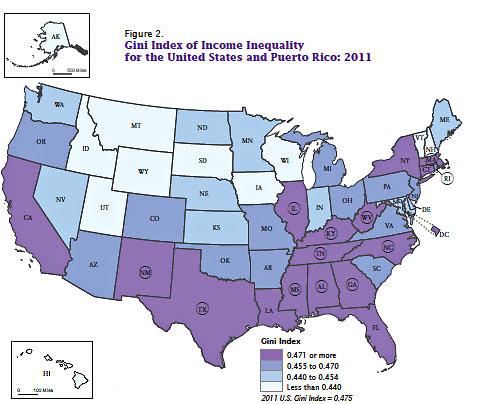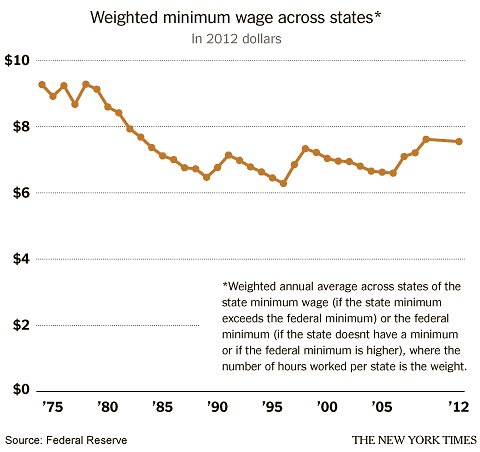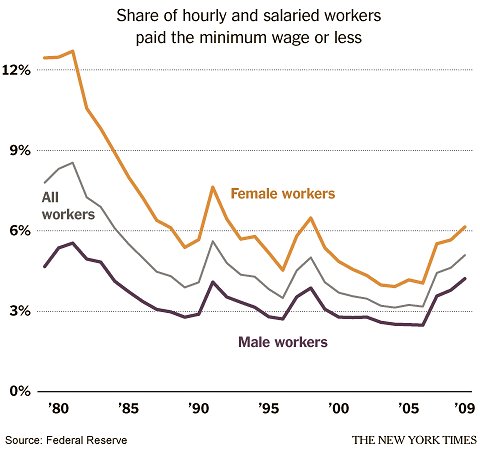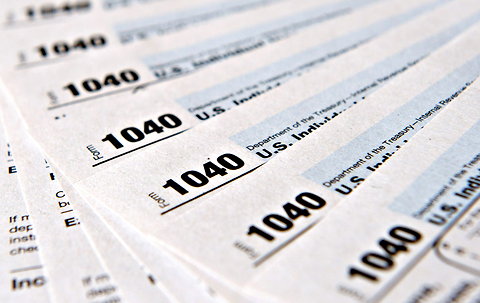The “1 percent” have taken some lumps over the last year or so. But despite a dip in overall philanthropic giving, the majority of the wealthy donated a consistent proportion of their income to charity last year, a new study finds.
Ninety-five percent of wealthy households donated to charity last year, according to the 2012 Bank of America Study of High Net Worth Philanthropy. That is down from 98 percent in 2009, in a previous version of the study. (About 65 percent of the general population of United States households donate to charity, the study said.)
But the wealthy still gave roughly 9 percent of their incomes — about the same level as in 2009, the study found. Given the recent recession, that level of giving shows an “extraordinary” commitment to philanthropy, said Claire Costello, philanthropic practice executive for U.S. Trust, Bank of America Private Wealth Management. The average dollar amount given per household fell 7 percent, to $52,770 from $56,621, adjusted for inflation.
The study also showed an uptick in volunteering among the wealthy, suggesting that the affluent may have compensated for lower dollar donations by giving more of their time. In 2011, 89 percent of wealthy individuals volunteered with nonprofits, up from 79 percent in 2009.
The study was done in partnership with the Center on Philanthropy at Indiana University. The results are based on a nationwide sample of 700 households with net worths of $1 million or more, excluding the value of their homes, or annual household incomes of $200,000 or more.
About a quarter of wealthy households plan to increase their giving over the next three to five years, and about half said they planned to give at the same level, the study found.
How much of your income do you donate to charity?
Article source: http://bucks.blogs.nytimes.com/2012/10/30/wealthy-donated-less-but-volunteered-more-in-2011/?partner=rss&emc=rss







